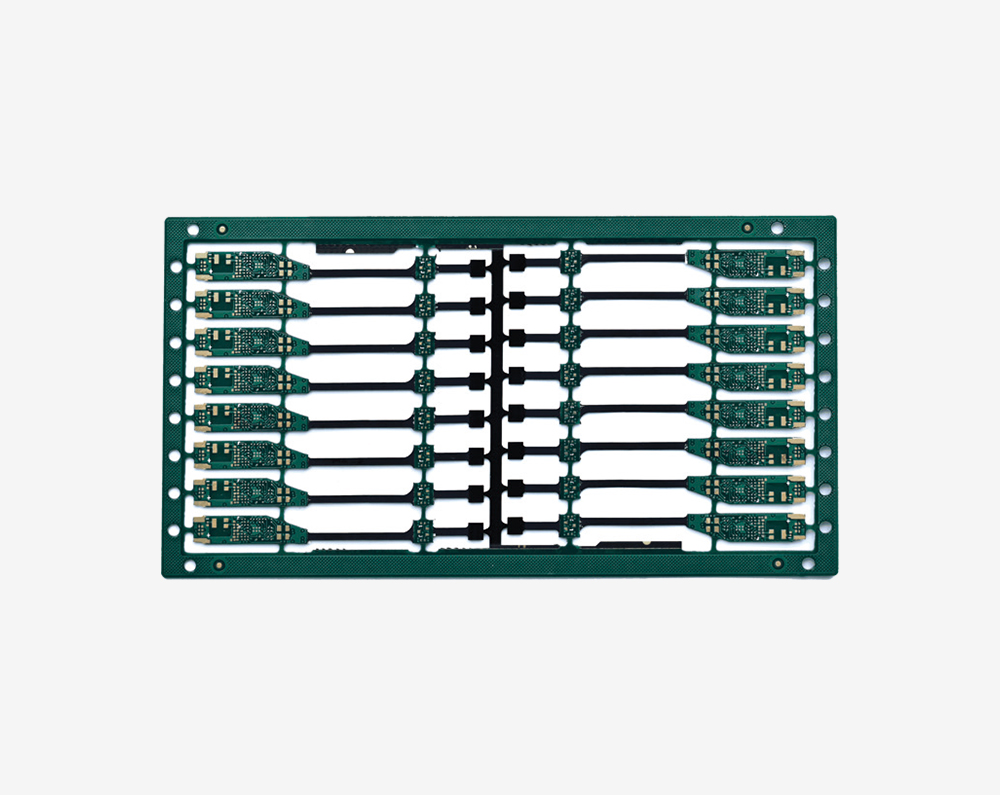Time:2023-07-12Views:
Gold plating according to its process characteristics, there are two types of cyanide gold plating and cyanide gold plating. Cyanide plating liquid is divided into hypertosilicine and hypocyline. Cytic -free fluid is used in large sulfate gold -plated solution.
According to its concentration, the gold -plated solution is generally acidic, and its gold content is low, which can reach 0.4 to 0.5g/L. The cost of this plating fluid is low, so the loss of the solution is less. The golden layer of this plating liquid is green gold, which is particularly suitable for large plating batch and low processing costs. The plating layer is a golden hardware, such as buttons, belt buckles, etc.
The gold -plated solution is divided by the action. There is a pre -plating refers to the pre -gold plating process in a specific gold -plated solution before the gold plating. There are several great benefits to re -plating after pre -plating processing:
1) Make sure the binding force of the gold -plated layer.
2) Reduce the possibility of pollution of positive gold -plated slots.
3) Economic and practical and reduced costs.
4) It can improve the tightness of the gold plating layer.

The gold -plated solution is divided according to its service life, and there is a so -called pure gold, that is, the gold -plated layer cannot contain other metal components. Therefore, a variety of metal salts can be achieved in the electroplating process to achieve some functions. But the pure gold coating is soft, good for ductility, and is not wear -resistant. Dip -resistant gold is to improve the hardness of the gold layer. To meet the functional requirements of certain electronic components and improve wear resistance. In order to obtain a coating with good abrasion resistance, cobalt salt, nickel salt and other additives are added to a acid -plated solution, and a gold alloy coating containing a certain cobalt or nickel component is deposited to achieve the purpose of improving wear resistance.

